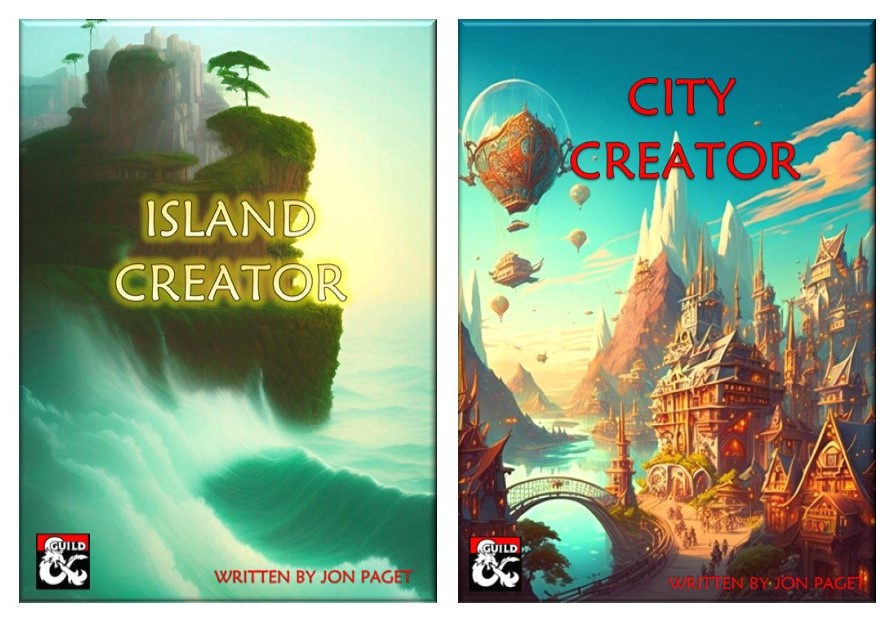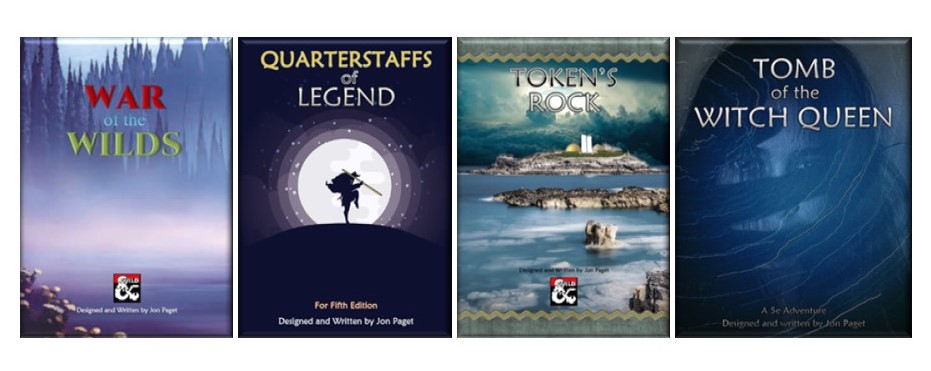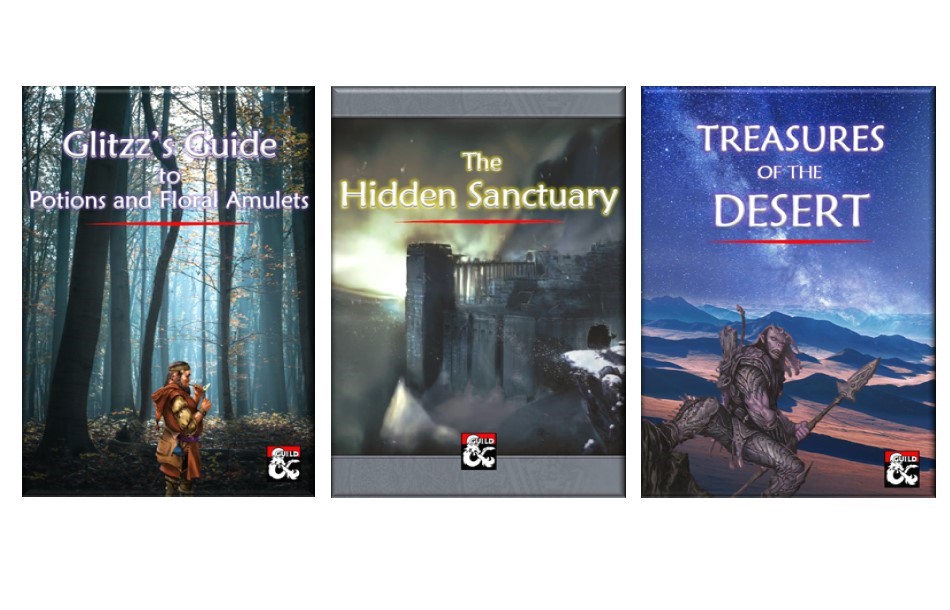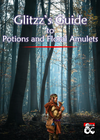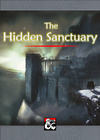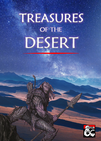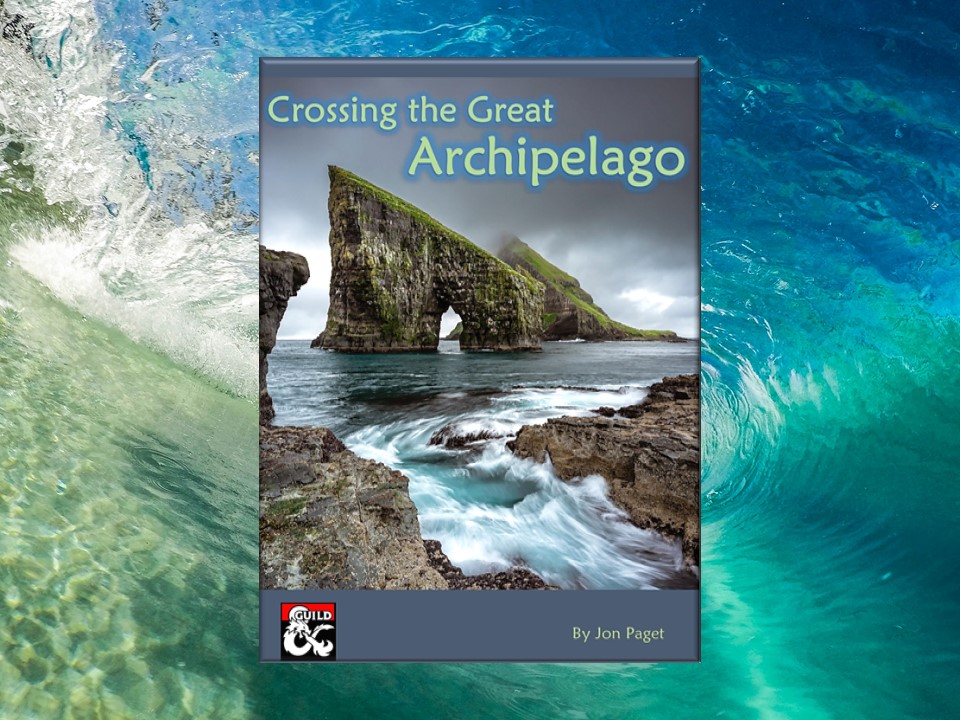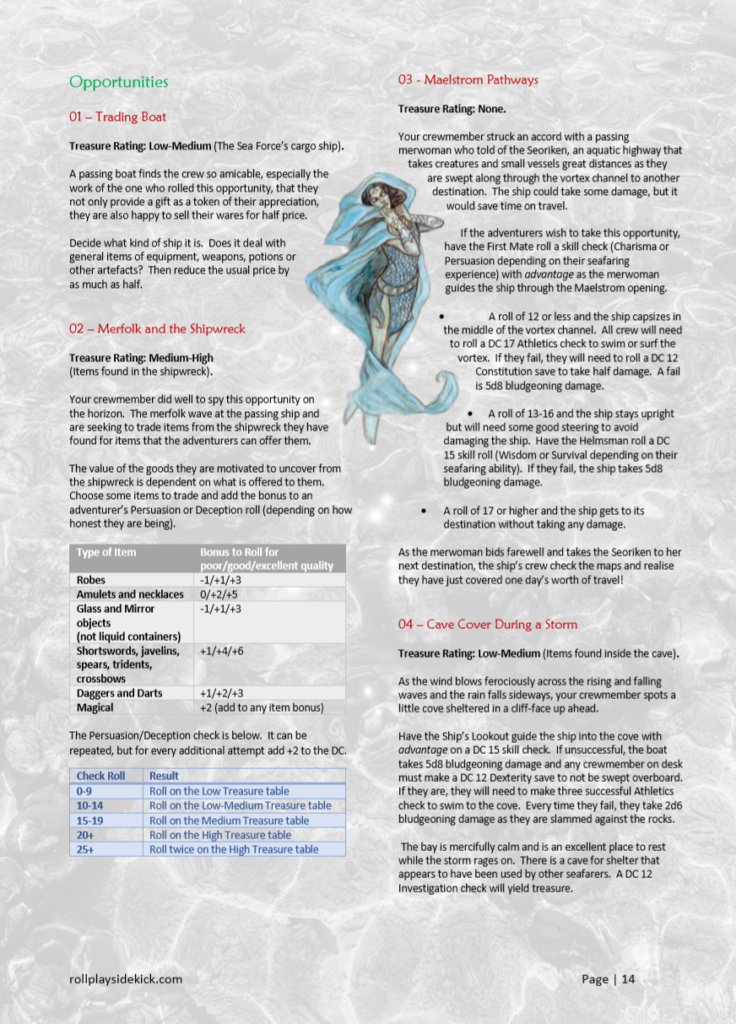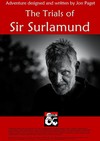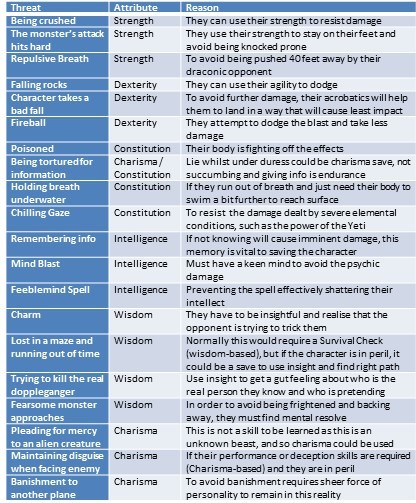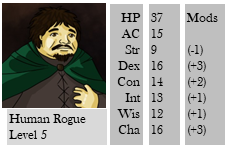In developing new ideas, I naturally create lists or tables so that I can roll for potential outcomes. Once I had my island palette ready to design new destinations, I had a moment where I realized that this may be a more useful tool for other DMs in its current state than a series of completed island locations.
And so, the Island Creator had begun to take shape. Whilst planning this out I expanded the idea to cities and how the same set of tables could help inform the type of ruler it had, the population and the types of magical or intriguing locations that could be visited.
It was definitely a passion project, and many more weeks followed in which I refined the tables and added additional tables that could bring a little extra detail, if required. They are definitely fun, thought-provoking and descriptive tools for any DM, a way of bringing either random selection into the locations the party visit, or just as likely inspiring ideas that the DM can adapt to their grand design.
Here’s what’s included in the Island Creator:
- Category. What kind of Island it is.
- Reputation. Is it well known or a complete mystery?
- Population. How many creatures live there.
- Size. The shape and area of the island.
- Creature Types. What type of creatures call this their island.
- Magic. Just how wild and magical is it?
- Secrets. Every island has something mysterious yet to be discovered.
- Threat. What is the main threat to the party.
- Quests. Combines two tables to form suggestive titles to kickstart the party’s next adventure.
Here’s what’s included in the City Creator:
- Attitude – How the city is being run.
- Boom & Bust – The ruler’s strength and weakness.
- Population Size – The number of inhabitants.
- Population Make Up – How expansive or monocultural the society is.
- Creature Types – What kinds of creatures live and work in the city.
- City Size & Shape – The amount of land the city occupies and why it grew in the way it did.
- Population – What creatures reside here and how hospitable they are to outsiders.
- City Origin and Heritage – Why a settlement was established and how it influences the city today.
- Unique Traits – What makes the city worth visiting.
- Main Trade Imports and Exports – The main goods and services that the city needs or generates itself.
- Places of Interest – Some of the city’s most unique sights.
- NPCs – A way to quickly build interactions with some of the city’s more intriguing characters, including their race, class, personality type, personal objective, strengths, and weaknesses.

